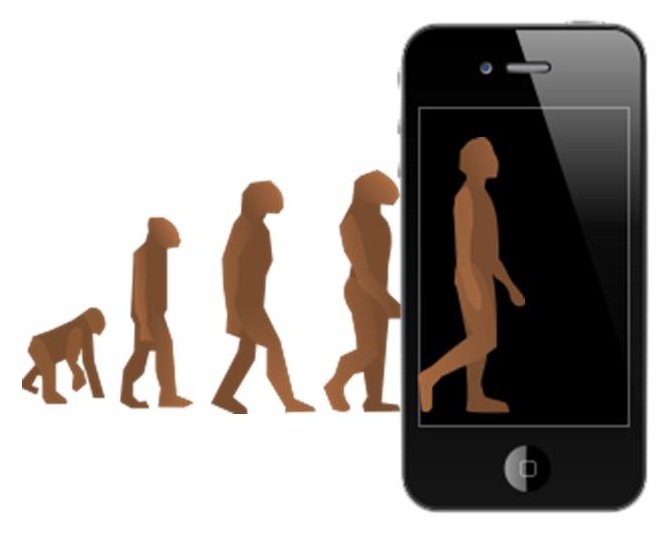The enhanced jewelry will unlock doors, transfer data, link people, and communicate with other devices.
Even NFC technology becomes more widely recognized, the majority of people have yet to work it into their everyday activities either because their own smartphones are not enabled or they simply don’t see the benefit.
This is, in part because the tech has experienced a broad struggle in becoming a part of the mainstream.
However, a man named Jon McLear is betting that the use of an NFC technology enabled ring will be all that is needed to show the world some of the amazing things that near field communication can do, so that it will burst into mainstream common use. Some examples include unlocking phones and doors, among other things.
The NFC technology ring project was started by McLear through the use of Kickstarter.
At the time of the writing of this article, McLear had already doubled his goal of £30,000, having received over £61,700 through the donations of more than 2,200 backers. As the funding opportunity closes on August 19, this clearly indicates that there will be many more funds to come and that the mastermind behind this project will have much more than he anticipated needing in order to bring this device to the market.
The NFC technology enabled ring will never require charging despite the fact that it simply needs to be worn on the finger and can be used for many different purposes, including data transfers (for example, WiFi information, website links, contact information, or other custom info) or being applied as a high tech house key.
This tiny NFC technology based device is bringing wearable mobile tech to an entirely new level. In order to use it with a reader – such as a smartphone with a near field communication chip or a door lock reader – the hand wearing the ring simply needs to be waved in very close proximity. The Android phone capabilities will be available through a free third party app called NFC Ring (developed by John McLear), and the door locks will be similar to the Lockitron security systems.
 Mobile commerce is becoming more social
Mobile commerce is becoming more social
Commerce continues to evolve as more consumers become tethered to their mobile devices and place more importance on social media. This evolution first began in the 80’s with the advent of the Internet and e-commerce. The proliferation of mobile technology brought about mobile commerce, which has only emerged within the past few years and is still considered to be in a state of infancy. Now, however, commerce is showing signs of a new evolutionary step, one called “participatory commerce” or “Pinterest commerce.”
Participatory commerce continues to gain some traction
Participatory commerce, as a term, was first coined by Mark Pincus, CEO of Zynga, in 2005. The term became somewhat popular in 2010 to describe the business model of FashionStake, a retail startup that was acquired by Fab.com in 2012. The term itself refers to a sales model that allows consumers to participate in the design, selection, and funding of certain products they are interested in purchasing. In some ways, this model is similar to popular crowdfunding platforms like Kickstarter, where individuals funding a project have some control over how that project will take form.
Retailers find value in social networking
Participatory commerce began being called Pinterest commerce in 2011 during the social network’s unexpected rise to fame. The retail industry was quick to see the possible benefits that Pinterest represented and moved to leverage the social network to their advantage. While Pinterest does not allow for online sales, it has proved to be a valuable platform through which retailers can expose consumers to new products and encourage online shopping.
New forms of commerce becoming increasingly social
The term is not widely used and is often considered to be an unnecessary subcategory of mobile commerce itself. It does, however, draw attention to the growing role of social media in the mobile commerce sector. Sites like Pinterest already hold a great deal of influence over consumers and retailers are becoming more adept at using these platforms to connect with mobile consumers in various demographics.

 Mobile commerce is becoming more social
Mobile commerce is becoming more social